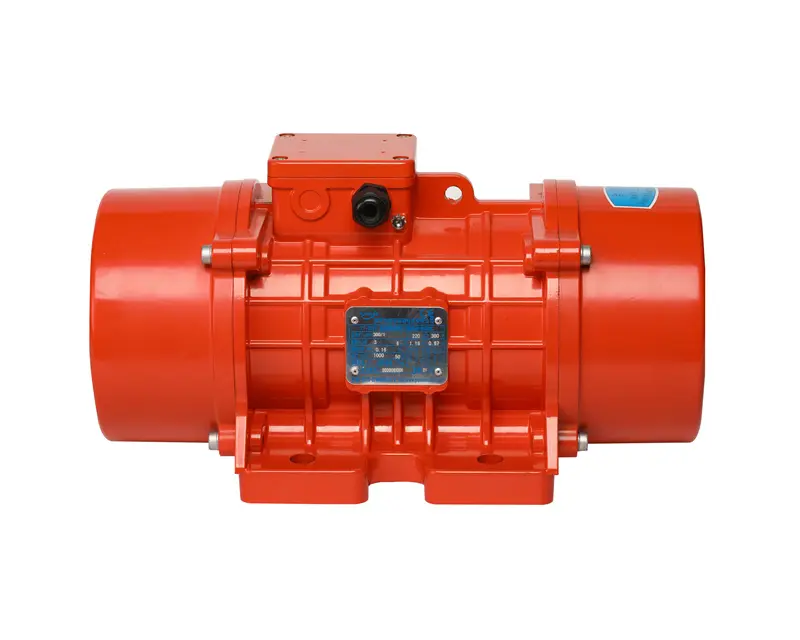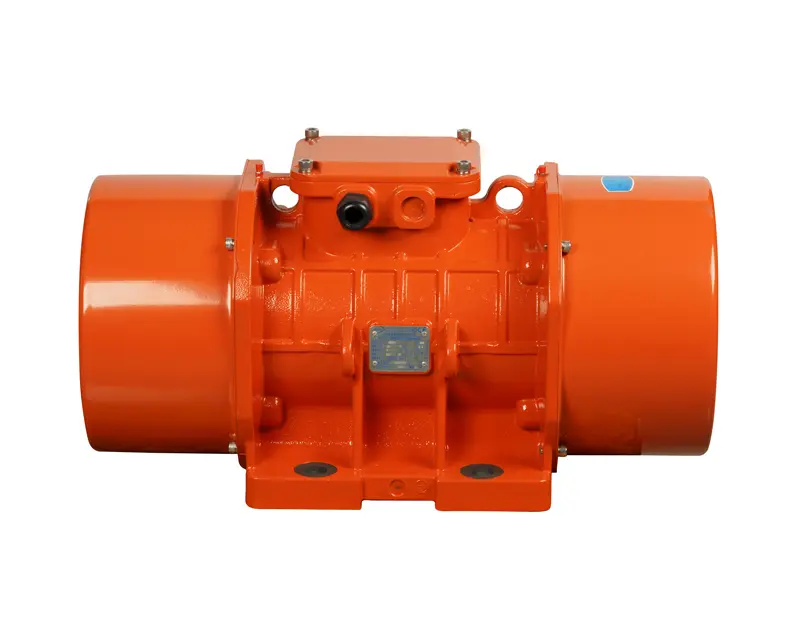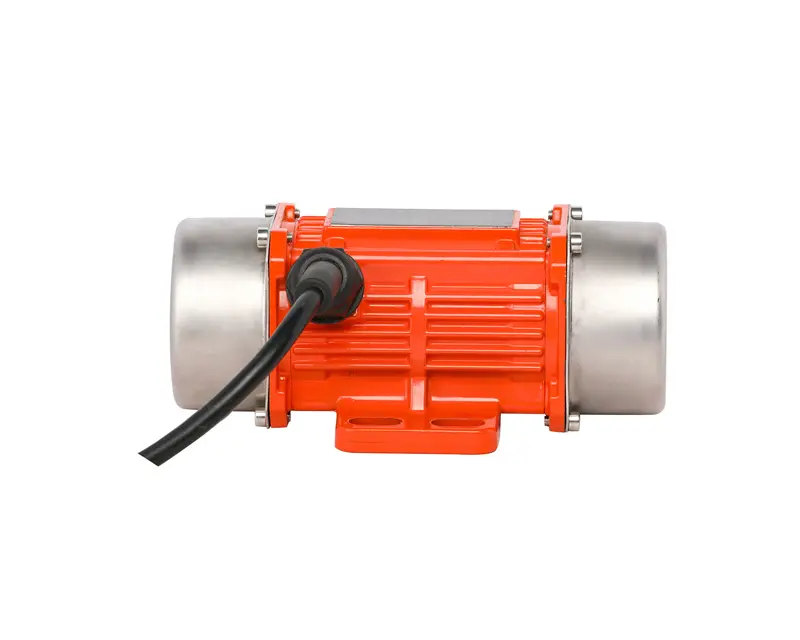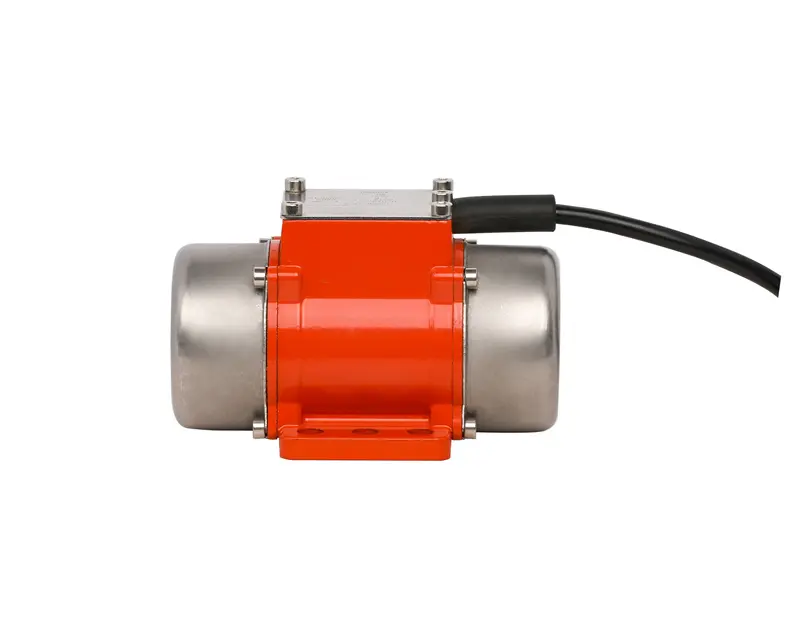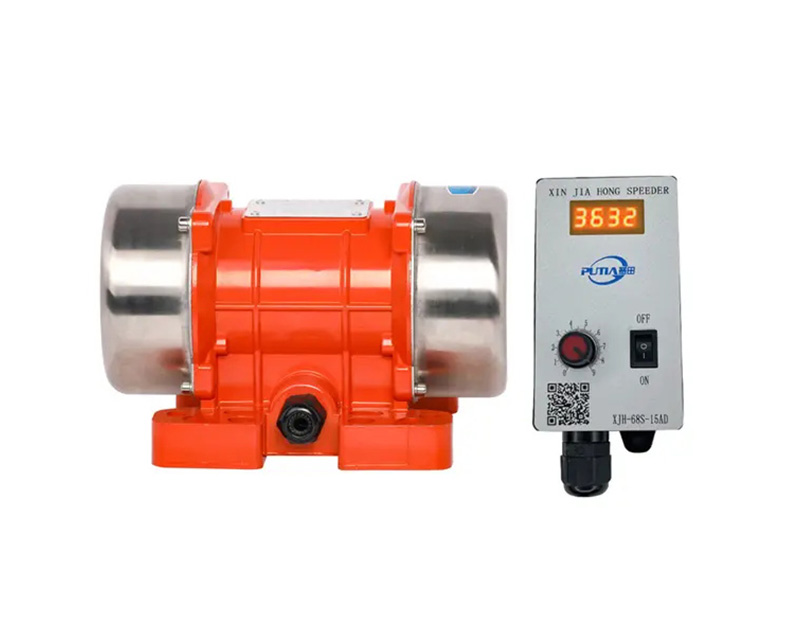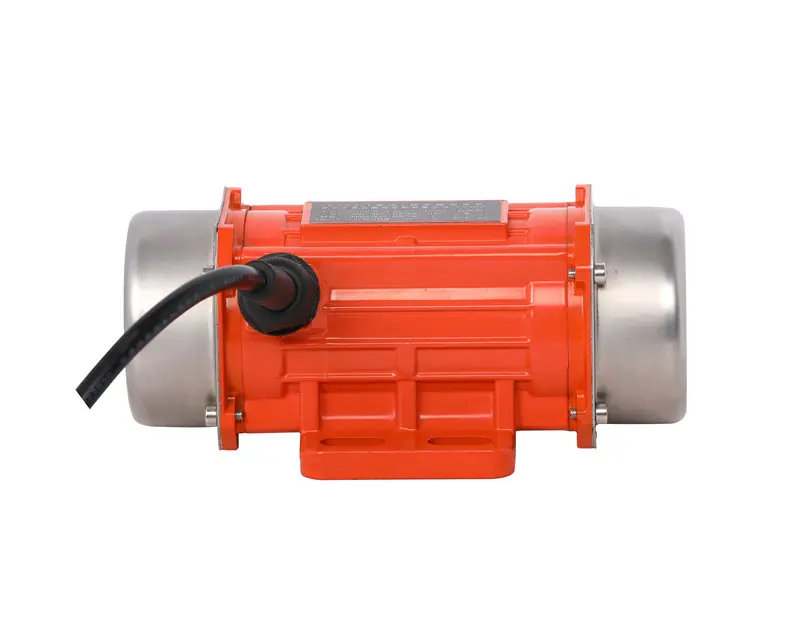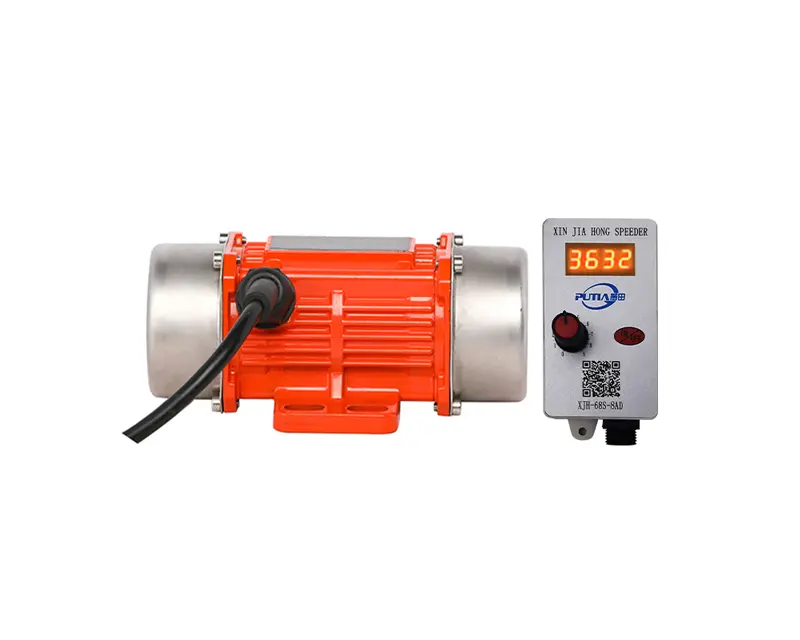Understanding AC Motor Vibration And Micro Brushless Motors: A Comprehensive Analysis
 Apr-11-2024
Apr-11-2024
 Industry News
Industry News
Vibration motors play a critical role in various industries, from manufacturing and construction to consumer electronics and automotive. These motors generate vibrational motion for specific applications, such as compaction, transportation, or alerting. This article explores two key types of motors in the vibration motor family: AC motors for vibration and micro brushless motors. We will delve into their operational characteristics, benefits, challenges, and potential applications.
AC motors, or alternating current motors, are widely used in industrial settings for their robustness and efficiency. When configured for vibration purposes, these motors deliver a consistent oscillatory motion, beneficial for tasks such as compaction and sorting.
Characteristics of AC Motor Vibration
1. Reliability: AC motors have been a staple in the industry due to their durability and ability to withstand various operating conditions.
2. Ease of Integration: AC motors can be easily integrated into existing systems and machinery, making them a popular choice for industrial applications.
3. Flexibility in Design: These motors come in different sizes and power ratings, allowing for a broad range of applications from small vibratory tasks to large industrial needs.
4. Cost-Effective: AC motors are generally cost-effective, offering good value for money in terms of performance and longevity.
Challenges of AC Motor Vibration
1. Energy Efficiency: While AC motors are reliable, they may not always be the more energy-efficient option, particularly in applications requiring precise control of speed and direction.
2. Noise and Heat: The continuous operation of AC motors can generate noise and heat, potentially affecting their lifespan and the surrounding environment.
3. Control Limitations: AC motors can be challenging to control in terms of speed and torque without additional electronic control mechanisms.
Micro brushless Motors
Microbrushless motors are compact and efficient motors commonly found in precision devices and electronics. They are known for their quiet operation, low maintenance, and energy efficiency, making them ideal for delicate and precise tasks.
Characteristics of Micro Brushless Motors
1. High Precision: These motors offer precise control over speed and torque, making them suitable for applications requiring fine-tuned movements.
2. Energy Efficiency: Micro brushless motors are more efficient compared to brushed motors due to the absence of brushes, resulting in reduced friction and heat generation.
3. Compact Size: Their small size allows for easy integration into compact devices and systems, particularly in the medical, aerospace, and consumer electronics industries.
4. Low Maintenance: The lack of brushes reduces the need for maintenance and extends the operational life of these motors.
Challenges of Micro Brushless Motors
1. Cost: Micro brushless motors can be more expensive upfront due to their advanced technology and precision engineering.
2. Complexity in Control: The control systems required to manage micro brushless motors can be complex, often necessitating additional expertise or investment in advanced controllers.
3. Power Output: Due to their compact size, micro brushless motors may have limitations in terms of power output, making them less suitable for heavy-duty applications.
Applications
- AC Motor Vibration: AC motors for vibration are widely used in construction equipment (such as concrete vibrators), industrial machinery (such as vibratory feeders), and material handling equipment.
- Micro Brushless Motors: Micro brushless motors are used in precision applications such as robotics, drones, medical devices, and small electronic devices.
Both AC motors for vibration and micro brushless motors have their own set of strengths and weaknesses. The choice between them largely depends on the specific requirements of the application, including factors such as precision, power, efficiency, and budget.
In the case of AC motor vibration, their reliability and flexibility make them suitable for a broad range of industrial applications, though considerations should be made for energy efficiency and noise control. Micro brushless motors, on the other hand, offer high precision and efficiency, making them ideal for delicate and fine-tuned tasks, though their higher cost and complexity in control may pose challenges.
Understanding the characteristics and potential applications of each type of motor allows for better decision-making in selecting the right motor for a given project. As technology advances, it is expected that both types of motors will continue to evolve, offering improved performance and versatility for various industries.


 English
English русский
русский Português
Português عربى
عربى فارسی
فارسی
